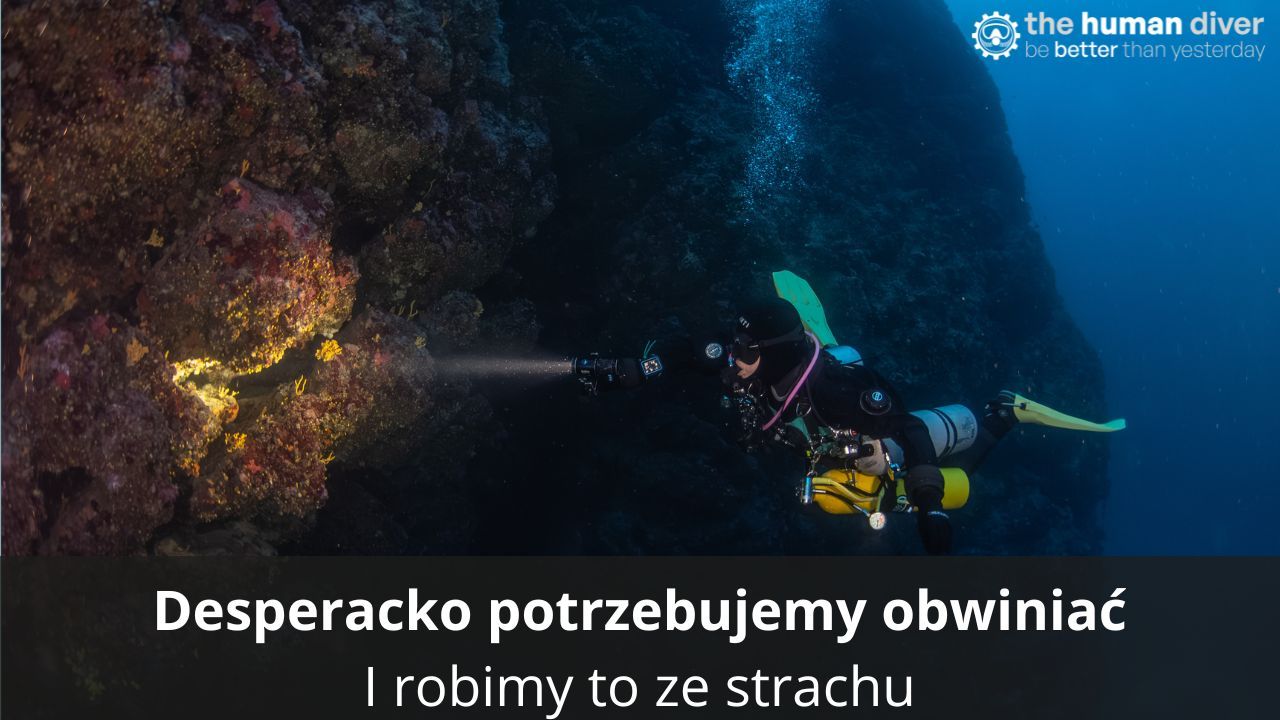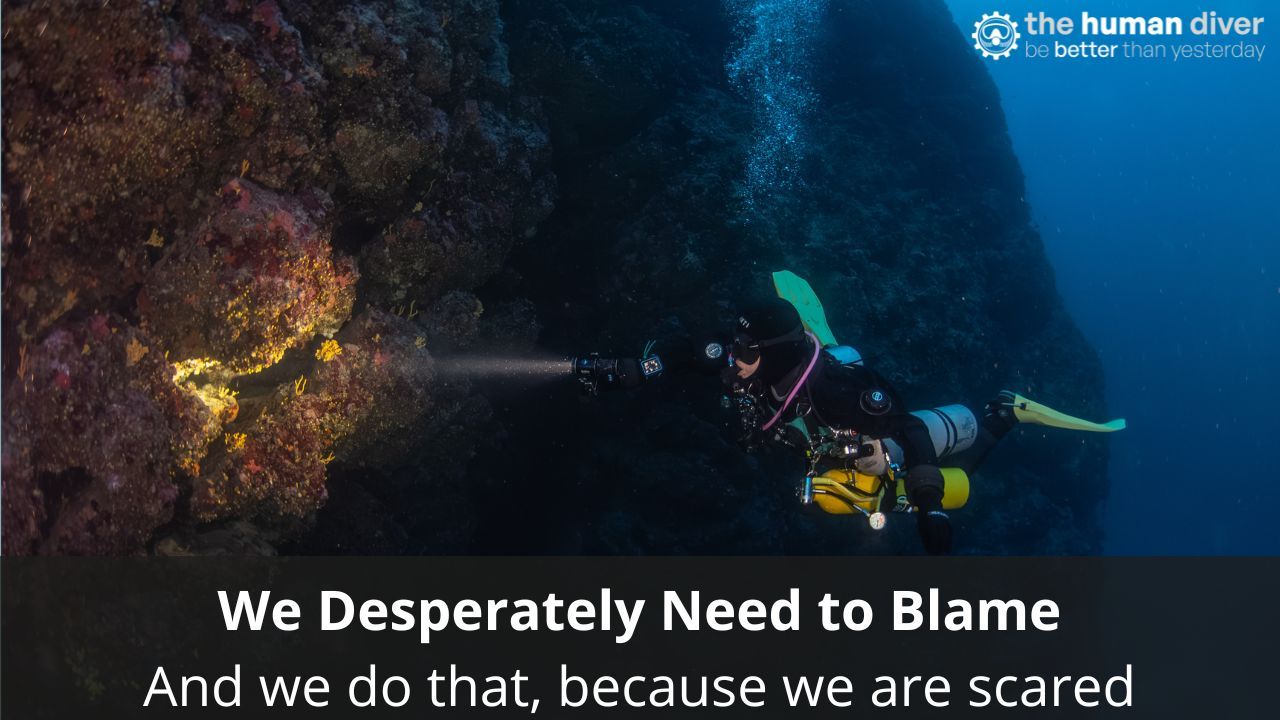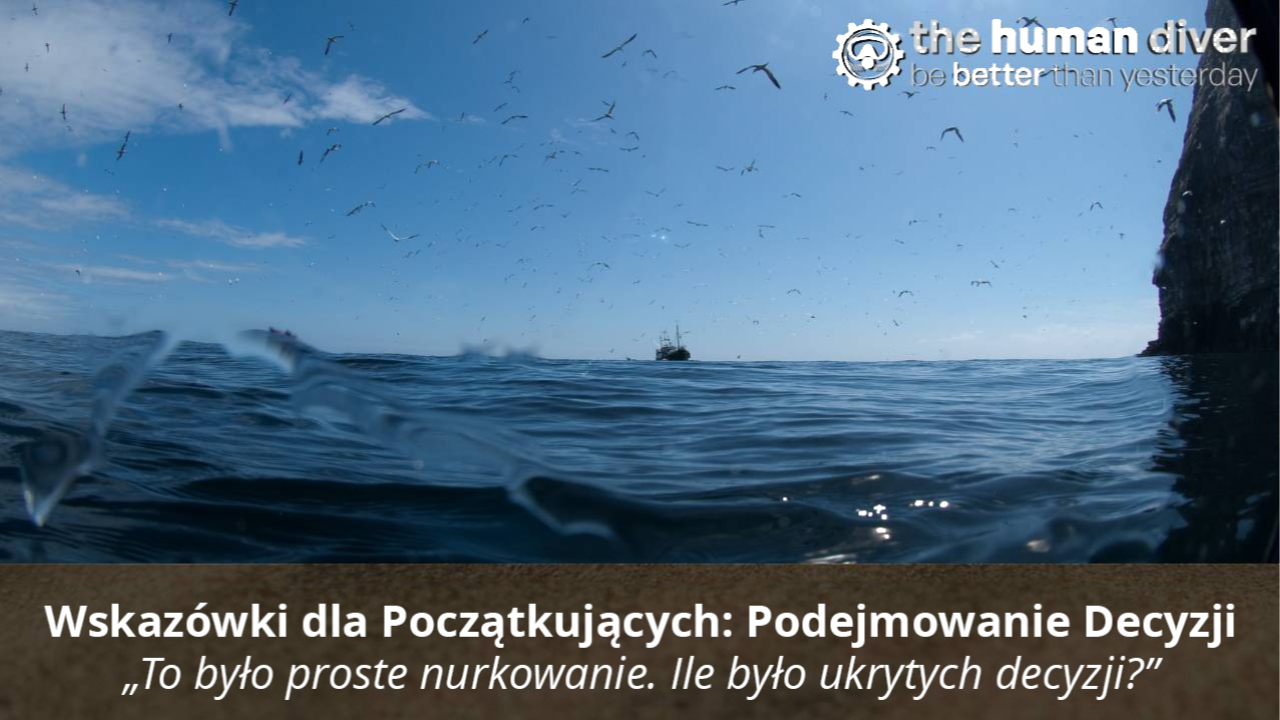
Top Tips for Technical/Cave Divers – Leadership
Oct 22, 2025Are all technical divers leaders? Leadership is one of the topics that we explore in the Human Factors in Diving: Applied Skills class, and the statement that “all instructors are leaders” often generates spirited discussion. The fact that as a diving instructor you are also a leader seems to be pretty self-evident, but this view is not shared by all instructors. This blog examines whether technical divers are also leaders, and offers some top tips to help you get the most out of your own and your team’s performance, whilst (to quote from the stated aim of many of my own dives) staying safe, seeing some cool sh*t and having fun.
Leadership is not easily defined. It has been the subject of centuries of study by philosophers, soldiers and scholars, and there are thousands of views on how leadership is defined and what the attributes of a leader should be. Some of my own favourite leadership quotes are:
“Lead, follow, or get out of the way.” General George S Patton
“Leadership is influence—nothing more, nothing less.” John C. Maxwell
“Never tell people how to do things. Tell them what to do, and they will surprise you with their ingenuity.” Anon
“A leader takes people where they want to go. A great leader takes people where they don’t necessarily want to go, but ought to be.” Rosalynn Carter
These give some insights to leadership in general, but how does this relate to you as a technical diver, and how can you have the most influence on your team? Within the diving context, a good definition is “Leadership in diving is the ability to build trust, inspire confidence, foster psychological safety, and guide a team so that every diver performs at their best in challenging circumstances.”
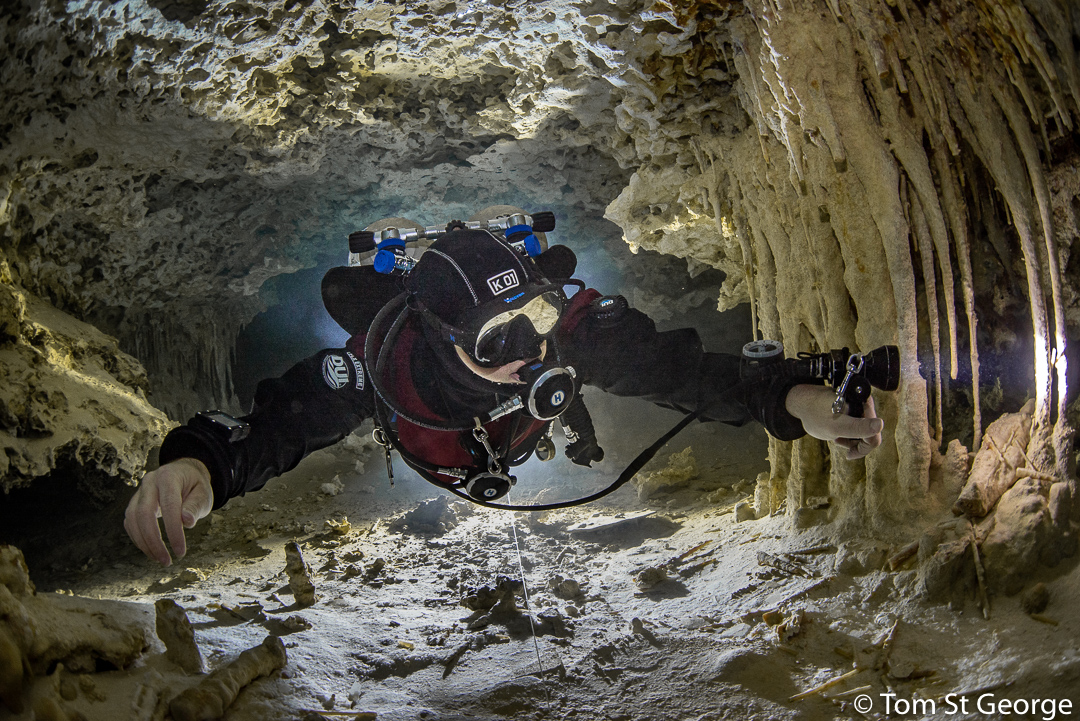
Most technical divers have a decent level of experience when compared to the overall diving population, so are often seen as role models or sources of sound advice for newer dives. This applies whether they have volunteered for the role or not! How many times in your dive club or local dive shop have you experienced a question being referred to the diver who is known as the local “tech person”. The other aspect of leadership in technical diving is the complexity of dives, where roles will often change in a dynamic way. A good example of this would be a photo shoot on a cave dive. The diver designated as the leader will brief and lead the dive, but the photographer will take over the lead for placement of lights and setting up shots. The diver in position #3 will usually lead on the way out. Another example is the role of deco captain on decompression dives – they are leading the ascent but are not normally the dive leader.
Attributes of Good Leaders
Having established that all technical divers are leaders to some degree, even if they don’t want to be, it is worth looking at some of the attributes that make a good leader within technical diving. These will be dependent on context – the team, the dive, the conditions – to a certain extent, but there are some behaviours and skillsets that are common within the best leaders, in diving and elsewhere:
- Technical Competence. Being wholly capable in the area you are operating in is important. This means having the knowledge and the ability to be a very solid team member as well as a leader. A diver who is, for example, unable to maintain buoyancy during a gas switch will lose credibility as a leader.
- Integrity and Trust. In his book, “Leaders Eat Last”, Simon Sinek studies high performing teams in Special Forces and elsewhere, and talks about how successful leaders prioritise trust, safety and service over authority and self-interest. Good leaders are trustworthy.
- Composure. A leader who stays calm provides stability and reassurance, allowing the team to operate effectively. This is especially important when things do not go according to plan.
- Decision Making. Leaders will be aware of their strengths and limitations in how they make decisions. The key to improving decision-making lies in building experience, reflecting on dives, using checklists, fostering psychological safety, and debriefing effectively.
- Clear Communication. Effective leadership relies on unambiguous signals and concise briefings. In diving, effective communication is critical for building shared mental models, maintaining situation awareness, and making sound decisions. Poor communication can easily lead to errors, confusion, or even incidents.
- Situation Awareness. Leaders work to develop situation awareness - knowing what’s happening around you, understanding its significance, and predicting what might happen next. It’s not just about “paying more attention”—it’s about noticing important cues, interpreting them accurately, and anticipating future developments.
- Psychological Safety. By building a culture of openness and trust, leaders make it possible for divers to admit mistakes or doubts without fear, reducing hidden risks.
- Leading by Example. The most effective leaders embody the discipline, preparation, and mindset they expect from others, inspiring confidence through consistent actions.
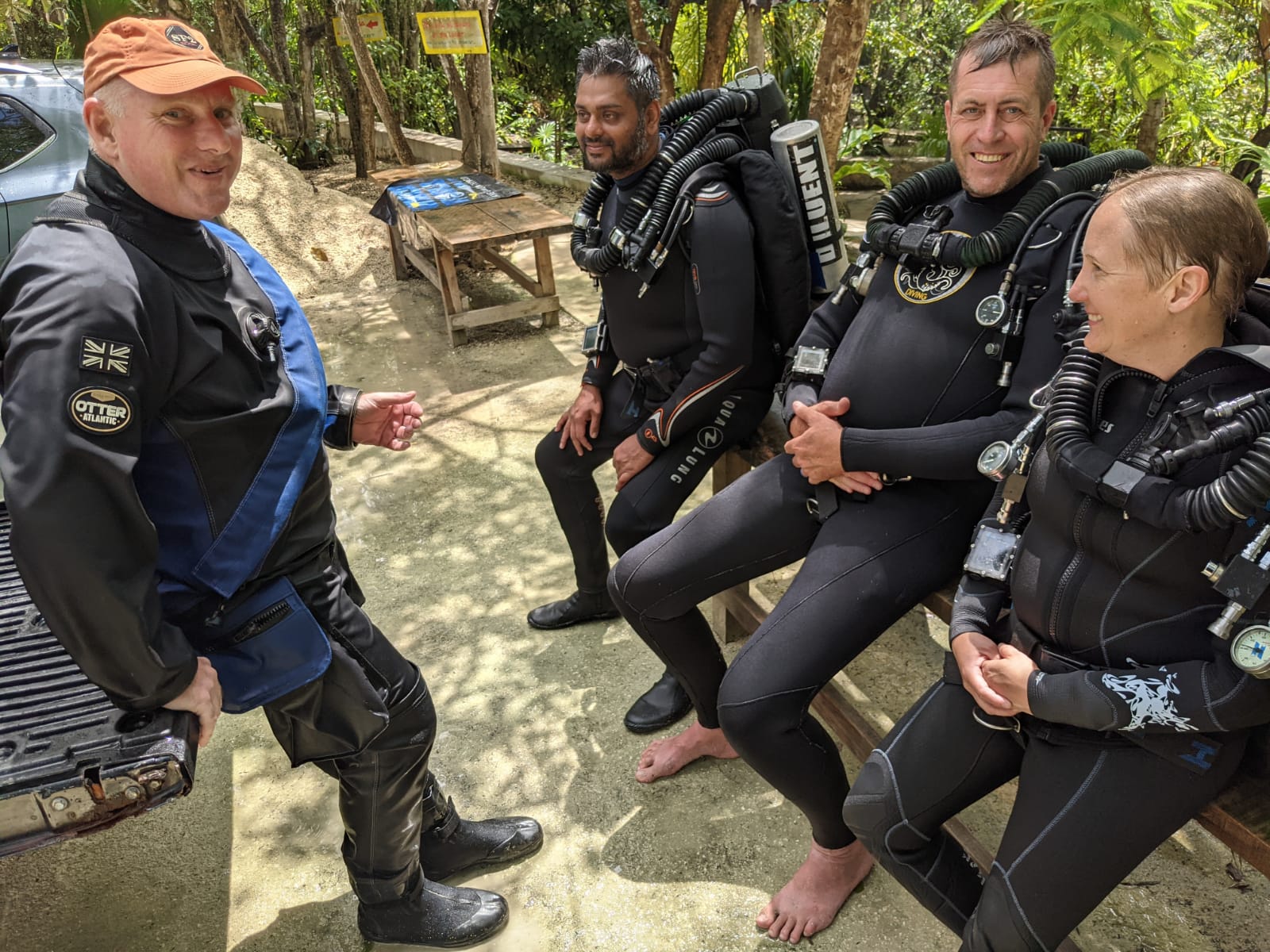
Five Top Tips for Tech Diving Leaders
How many of these attributes do you see in the technical divers who are de facto leaders in your own team? Some of these facets of a leader take time to establish, but there are some simple actions that we can all take as technical divers to have a positive influence on those around us. A nice way of describing how you should act as a technical diver is to “be the diver you would want to follow”.
Foster Psychological Safety. This is one of the simplest and most impactful things we can do to improve the outcomes for our dive team, and technical divers in leadership roles can set the standard. Timothy Clark’s book talks about psychological safety developing through four stages: inclusion, learner safety, contributor safety, and challenger safety. What this means in practice is creating a supportive environment where people can speak up without feeling belittled or excluded. This encourages learning, teamwork, and early problem-solving before things go wrong and results in much stronger and adaptable teams.
Be a Role Model. As a technical diver you will be seen as a leader and other divers will imitate your behaviour, whether you want them to or not. A good starting point is to be as rigorous with checks on training dives as you are on your biggest dives and be aware of the very human tendency to drift. How many times have you noticed experienced divers breaking the rules in a situation that sets a poor and potentially dangerous example? One event happened as I was analysing gas for a fun dive when I was a new cave instructor a decade or so ago. I did not intend to mark my cylinders because I knew I had correctly analysed them, and it was just a fun dive. My buddy (who was also my Cave IT) rightly questioned this, asking whether I would be happy for my students to do the same thing. This was a very impactful moment and I have since followed the same procedures for all dives, whether fun dives with friends, guiding or teaching. Instances I have encountered where role model behaviour has fallen short include cave instructors not marking jumps, instructors not analysing gas or marking cylinders, and divers ignoring rebreather checklists. Think what the impact of your actions could be and aim to be a positive influence.
Have a rationale for everything and communicate it clearly. This is something I try and instil in all technical and cave students, and it is important for leaders in particular. At this level of diving, the responses “because that is how I was taught” or “I have always done it like that” are far from ideal. You should be able to explain your decisions on dive protocols and equipment configuration in a logical manner. Be a thinking diver.
Be better than yesterday. The best leaders strive to improve. Regardless of your experience or certification level, there is always something to learn, or an aspect of diving to improve on. A good approach is to dive in a new environment, or take a class every year, maybe with someone whose dive philosophy is different from your own. Good leaders are also curious, keeping updated on the latest research. The approach that cave students take to incident reports is a good example of this – looking at events through the lens of your own team and procedures to see if the outcome would be different.
Build trust through consistency. Small, consistent actions build trust. Whether this is gas analysis, pre-dive checks, sticking to the dive plan or clear communications on the dive, a good technical diving leader will be reliable, predictable, and calm under pressure. “Be the diver you would want to follow”.
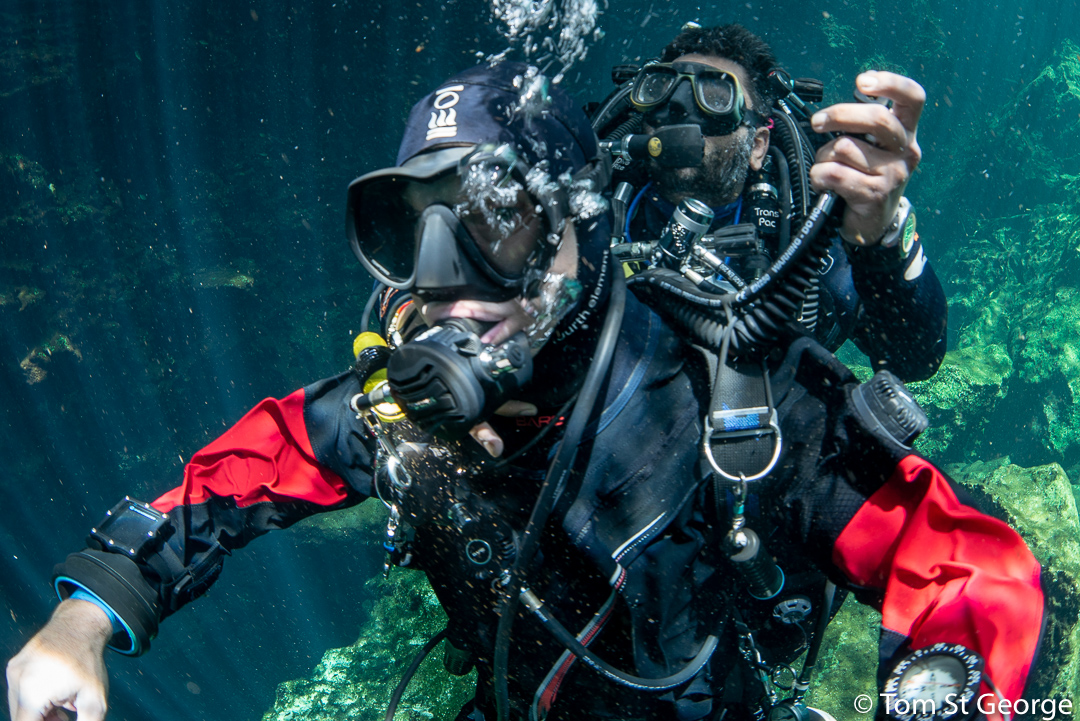
An understanding of leadership is a key part of the online Essentials and the “in person” Applied Skills classes from The Human Diver. You can sign up for Essentials at this link: HFiD: Essentials. Applied Skills classes take place regularly all over the world, and you can see the scheduled classes here: HFiD: Applied Skills. If there is not a class near you, get in touch with the Human Diver team and we can make it happen. You can also check out the youtube channel or visit the website to start your journey into Human Factors in Diving with this introduction blog.
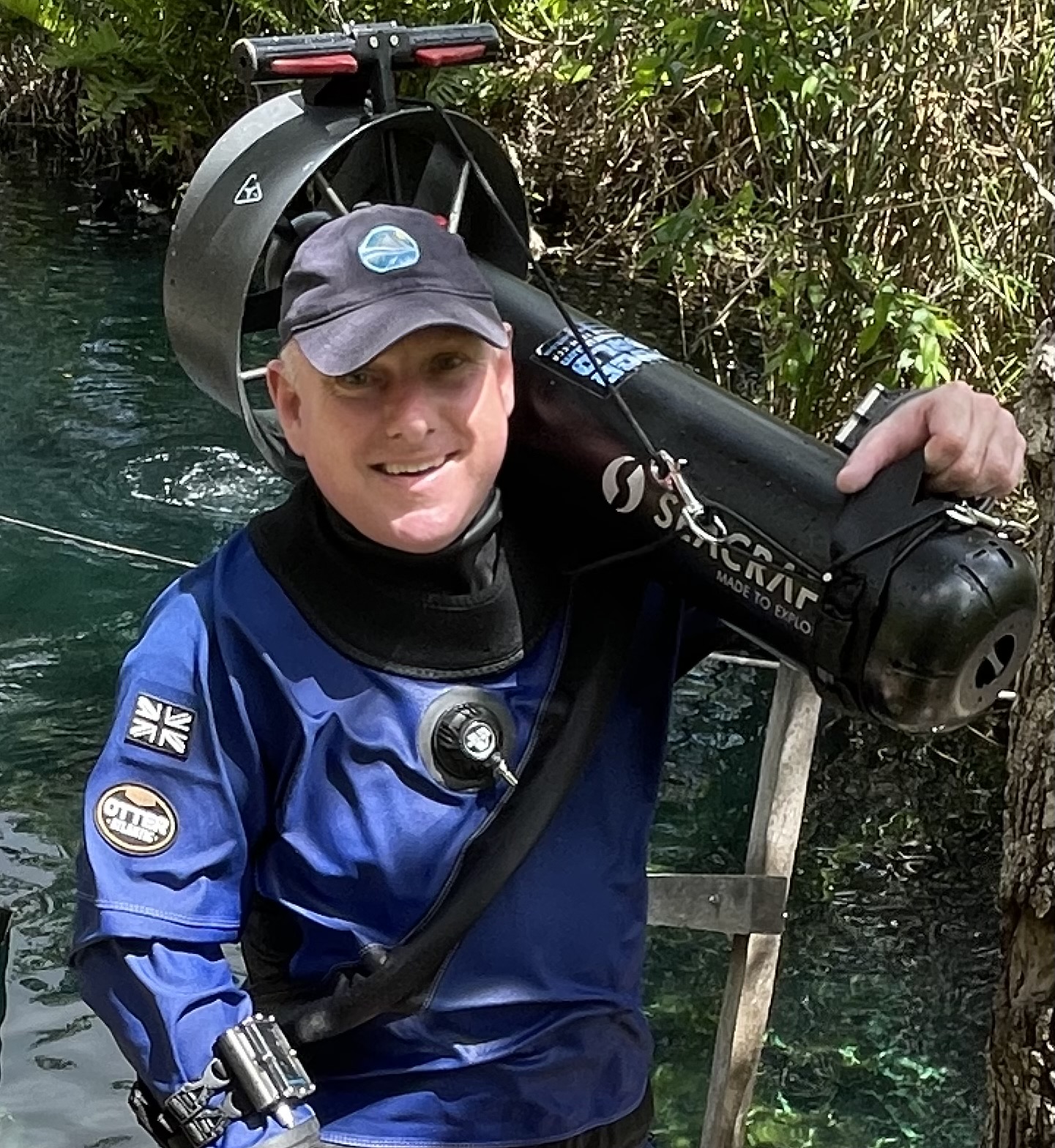
Lanny Vogel is a full time cave, technical and rebreather instructor trainer based in Tulum, Mexico. In his previous career, he studied leadership extensively during military training, including a postgraduate qualification in Strategic Management and Leadership from the UK Joint Services Command and Staff College. He also taught leadership to Officer Cadets at Britannia Royal Naval College and at sea. He is the co-owner and lead instructor at Underworld Tulum and is part of the local cave line and safety committee. He regularly speaks at dive shows on cave diving and human factors topics and has been a passionate advocate of the integration of human factors principles into dive training for many years.
Want to learn more about this article or have questions? Contact us.

